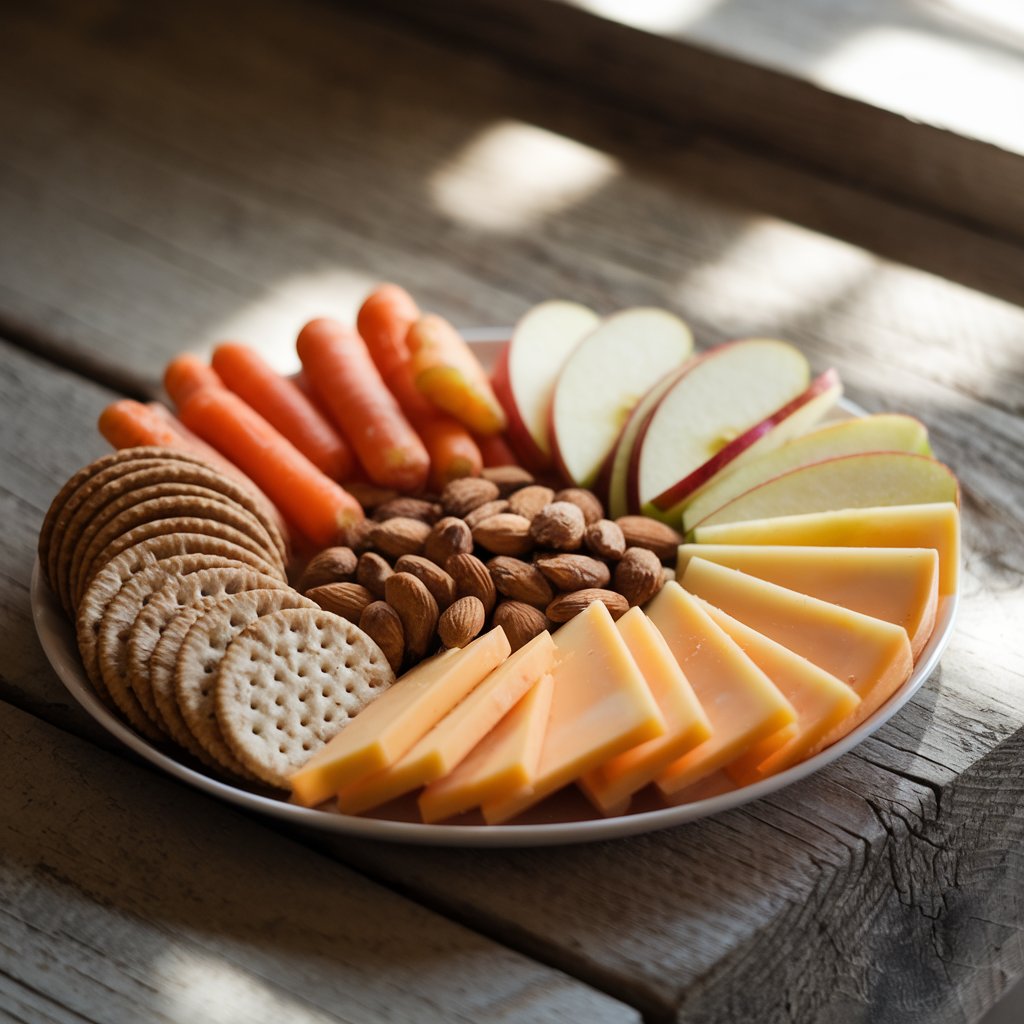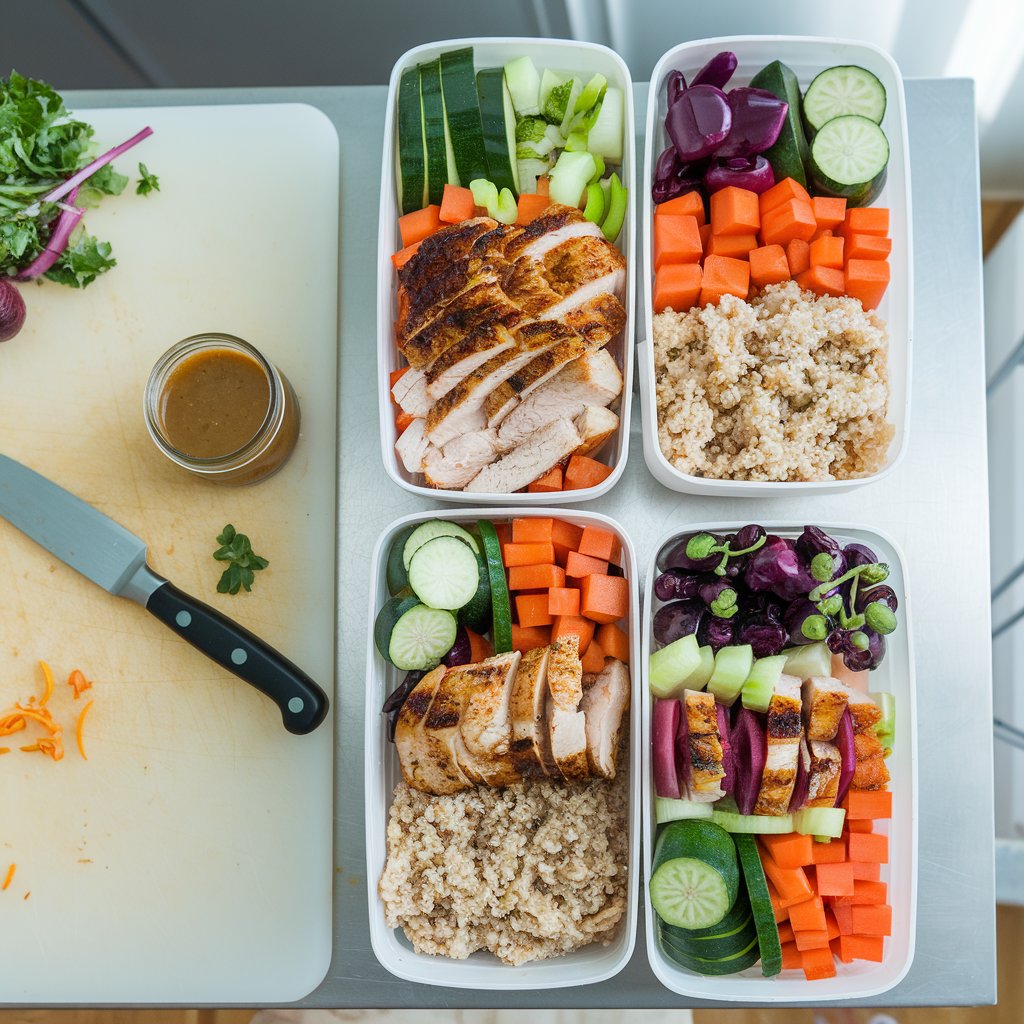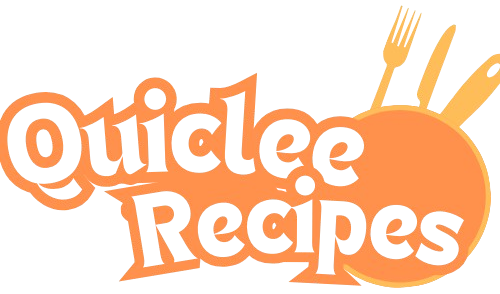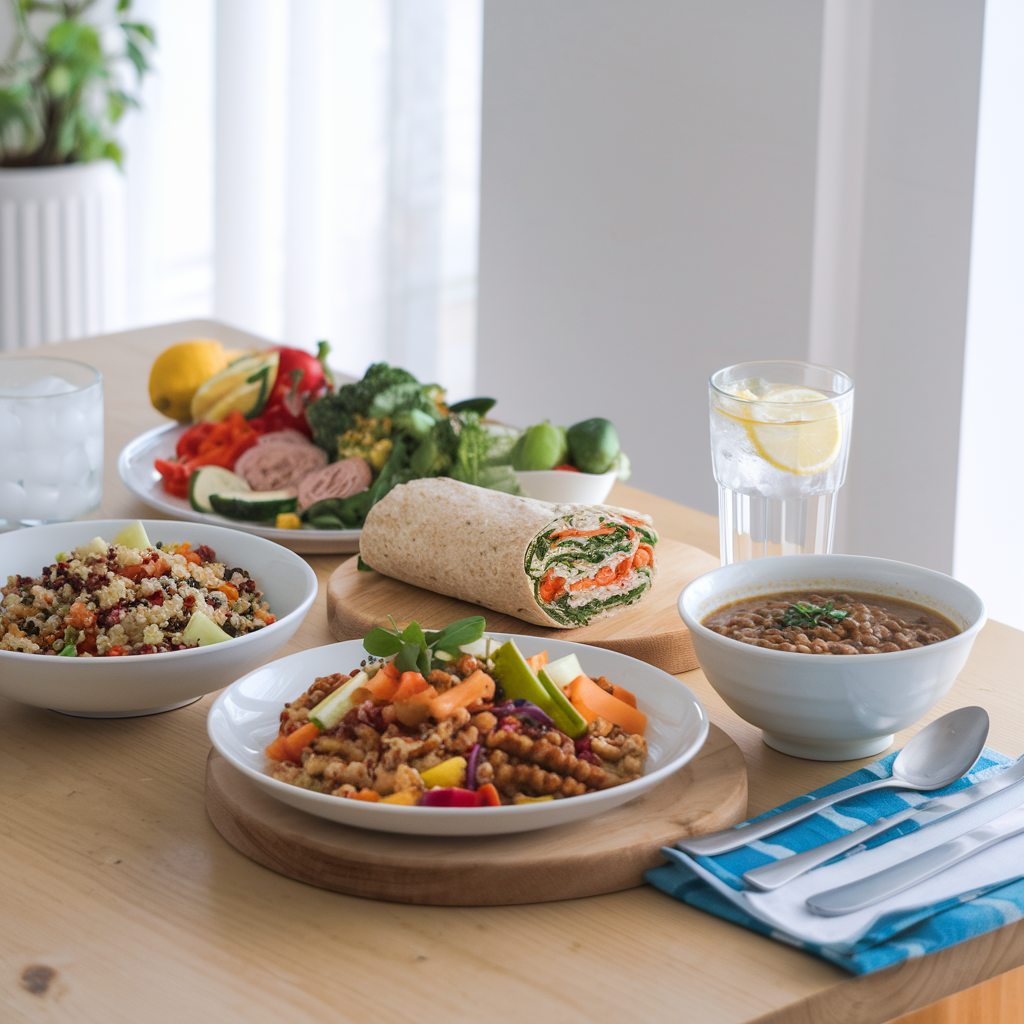When hunger hits midday, deciding what is a good simple lunch can sometimes feel like a challenge. A simple lunch doesn’t have to mean compromising on nutrition or flavor. It’s about combining ease of preparation, balanced nutrients, and ingredients that keep you energized throughout the day. Whether you’re rushing between meetings, managing errands, or simply want a no-fuss meal, the perfect lunch can be made with just a few thoughtful steps. This article dives deep into understanding what makes a simple lunch so good and offers practical ideas to keep your lunch game strong!
Part 1: Understanding the Concept of a Simple Lunch
What Defines a Simple Lunch?
A simple lunch is one that requires minimal effort and delivers maximum satisfaction. It focuses on straightforward recipes, limited ingredients, and preparation methods that don’t require advanced cooking skills. Think quick salads, wraps, soups, or even a collection of leftovers turned into a creative dish.
The goal here isn’t just about making meals faster; it’s about finding harmony between convenience and nutrition. A good simple lunch can often be assembled in under 15 minutes and uses pantry staples or fresh ingredients you already have on hand. That’s what makes it simple yet fulfilling.
Benefits of Simple Lunches
Simplicity doesn’t just save time—it saves your sanity, too! Here’s why embracing simple lunches can transform your day:
- Time Efficiency: When you’re juggling a packed schedule, a quick meal means more time to focus on other priorities.
- Cost-Effective: Simple lunches tend to rely on everyday staples like grains, vegetables, and proteins, which are both affordable and versatile.
- Health Benefits: A well-prepared simple lunch ensures you avoid overly processed or fast-food options that might weigh you down. Instead, you get fresh ingredients loaded with nutrients.
- Reduced Stress: A streamlined lunch plan eliminates decision fatigue and allows you to stick to consistent, healthy habits.
Plus, simple lunches are highly customizable, so they can fit dietary preferences or allergies without much hassle. By focusing on wholesome simplicity, you’ll feel satisfied and ready to tackle the rest of your day!
Part 2: Components of a Good Simple Lunch
Balance of Macronutrients
A truly good simple lunch is more than just quick and easy—it’s also well-balanced. To keep your energy levels stable and your body nourished, include the three essential macronutrients: proteins, carbohydrates, and fats. Here’s how each plays a vital role:
- Proteins: These are your building blocks. They repair tissues and keep you feeling full longer. Choose lean proteins like grilled chicken, fish, tofu, or plant-based sources such as beans and lentils.
- Carbohydrates: Carbs are your main energy source. Opt for complex carbs like whole grains, quinoa, or sweet potatoes to maintain steady blood sugar levels.
- Fats: Healthy fats support brain function and provide long-lasting energy. Incorporate foods like avocado, nuts, seeds, or olive oil.
By balancing these macronutrients, you ensure that your lunch is not only simple but also fuels your body effectively. A quick example? A quinoa salad topped with chickpeas, fresh veggies, and a drizzle of olive oil delivers all three macronutrients in harmony.
Incorporating Fruits and Vegetables
Adding fresh fruits and vegetables to your lunch is non-negotiable if you want to pack it with vitamins, minerals, and fiber. These not only support your immune system but also add vibrant flavors and textures to your meal.
- Why Vegetables Matter: Veggies like spinach, carrots, bell peppers, or cucumbers are nutrient-dense and low in calories, making them ideal for keeping meals healthy.
- The Sweet Spot of Fruits: Adding fruits like apple slices, berries, or oranges provides natural sweetness and a boost of antioxidants.
A quick, nutrient-packed option is a spinach and kale salad tossed with shredded carrots, cherry tomatoes, and a handful of blueberries. Sprinkle on some sunflower seeds for crunch, and voilà—your lunch is as colorful as it is nutritious!
The Importance of Hydration
Though not technically a “component” of your lunch, hydration plays a massive role in digestion and energy. Pair your meal with a refreshing beverage like water infused with lemon or cucumber slices. Staying hydrated ensures your body processes nutrients efficiently while keeping you alert.
Portion Control: Finding the Right Balance
Even the best lunch can derail your day if the portions are off. Overeating can lead to sluggishness, while under-eating might leave you hungry before your next meal. Here’s how to strike the perfect balance:
- Visual Cues: Fill half your plate with veggies, a quarter with lean protein, and the remaining quarter with a wholesome carb source.
- Snack Smart: If you anticipate needing a midday snack, pair your lunch with a small handful of nuts or a piece of fruit.
This balanced approach keeps you satisfied without feeling overstuffed.
Quick Examples of Balanced Lunch Components
Here are some easy combinations that meet the criteria for a good simple lunch:
- Mediterranean Wrap: Whole-wheat wrap with hummus, grilled chicken, spinach, and a side of baby carrots.
- Grain Bowl: Brown rice, roasted sweet potatoes, black beans, and avocado slices topped with salsa.
- Soup and Salad Combo: Lentil soup paired with a small Caesar salad (skip the croutons for a lighter option).
The Role of Herbs and Spices
One of the secrets to elevating any simple lunch is to use herbs and spices effectively. A sprinkle of fresh parsley, a dash of paprika, or even a hint of cinnamon can transform bland ingredients into a delightful dish.
- Herbs for Freshness: Basil, cilantro, or dill add bright flavors without extra calories.
- Spices for Warmth: Curry powder, cumin, or turmeric can turn an ordinary grain bowl into an exotic feast.
Not only do these additions enhance taste, but many herbs and spices also provide antioxidants and anti-inflammatory benefits.
By focusing on balanced macronutrients, fresh produce, proper portions, and a dash of flavor, you can craft lunches that are both simple and satisfying. With this foundation, preparing delicious and nutritious meals becomes second nature!
Part 3: Easy and Nutritious Lunch Ideas
When you’re short on time but don’t want to compromise on taste or health, a roster of easy and nutritious lunch ideas is your best friend. These options require minimal effort and use ingredients that are easy to find. Let’s explore a variety of simple meals that cater to different preferences and lifestyles.
Quick Sandwiches and Wraps
Sandwiches and wraps are quintessential choices for a good simple lunch. They’re portable, versatile, and can be endlessly customized based on your taste.
- Turkey and Avocado Wrap: Layer whole-grain tortilla with turkey slices, mashed avocado, spinach, and a touch of mustard. Roll it up, and you’ve got a protein-packed, fiber-rich meal.
- Veggie-Packed Sandwich: Spread hummus on whole-grain bread, then add cucumber slices, shredded carrots, lettuce, and tomato. It’s a plant-based option bursting with crunch and flavor.
Pro Tip: To keep your sandwiches fresh and avoid sogginess, pack wet ingredients like tomatoes or pickles separately and assemble them right before eating.
Salads and Grain Bowls
If you’re looking for a meal that’s as visually appealing as it is nutritious, salads and grain bowls are the way to go. The possibilities here are endless, offering a mix of textures and flavors while packing in those essential nutrients.
- Quinoa Salad: Combine cooked quinoa with diced cucumber, cherry tomatoes, chopped parsley, and a squeeze of lemon juice. Add feta cheese or chickpeas for extra protein.
- Asian-Inspired Grain Bowl: Start with brown rice or farro as the base. Top with shredded carrots, edamame, sliced bell peppers, and a drizzle of sesame ginger dressing.
These options are perfect for meal prep since they store well in the fridge and often taste better after the flavors have melded together overnight.
Soups and Stews
A bowl of soup or stew can be incredibly comforting and nourishing, especially during colder months. Many recipes can be prepared in batches and frozen for future meals.
- Lentil Soup: Simmer lentils with carrots, celery, onions, and vegetable broth. Add a hint of cumin and paprika for a smoky, rich flavor.
- Vegetable Stew: Combine chopped zucchini, tomatoes, green beans, and potatoes in a pot with garlic, olive oil, and Italian seasoning. Serve with whole-grain crackers or bread.
Soups are an excellent choice because they’re naturally low in calories while being packed with fiber and hydration.
Creative Leftover Meals
Don’t underestimate the power of leftovers! Transforming last night’s dinner into a brand-new lunch can save time and reduce food waste.
- Leftover Pasta Salad: Toss cold pasta with olive oil, chopped veggies, and a sprinkle of parmesan. Add grilled chicken or beans for protein.
- Rice Stir-Fry: Take leftover rice, toss it in a pan with scrambled eggs, soy sauce, and mixed vegetables, and you’ve got a satisfying, quick lunch.
Snack Plate-Style Lunches
For those who enjoy variety, a snack plate can be an ideal choice. Combine small portions of different foods to create a well-rounded meal.

- Example Snack Plate: Pair a handful of almonds, sliced cheese, whole-grain crackers, apple slices, and carrot sticks. This option is easy to assemble and fun to eat!
These ideas prove that a good simple lunch doesn’t need to be complicated to be delicious and nourishing. With a mix of sandwiches, salads, soups, and creative leftovers, you’ll always have something exciting to look forward to at midday.
Part 4: Tips for Preparing Simple Lunches
When it comes to crafting a good simple lunch, preparation is key. With the right strategies, you can eliminate stress, save time, and consistently enjoy meals that are nutritious and satisfying. Let’s delve into practical tips that can help make simple lunches part of your everyday routine.
Meal Prepping Strategies
Meal prepping has revolutionized the way many approach lunchtime. A little planning upfront can save you from the midday scramble. Here’s how you can make meal prep work for you:
- Choose a Prep Day: Dedicate a specific day—like Sunday—to wash, chop, and portion ingredients. For example, dice vegetables for salads, cook grains like quinoa or rice, and grill proteins in advance.
- Batch Cooking: Prepare large quantities of meals like soups, stews, or casseroles that can be stored in individual containers. These can easily be reheated during the week.
- Divide and Conquer: Use compartmentalized containers to separate components like proteins, vegetables, and sauces to keep everything fresh.
By prepping ahead, you’ll have everything you need at your fingertips to assemble meals in minutes.

Utilizing Leftovers
Sometimes, the best simple lunch is yesterday’s dinner reimagined. Leftovers can save time, reduce food waste, and spark creativity in the kitchen.
- Repurpose Proteins: Grilled chicken from dinner can be turned into a wrap with lettuce and avocado or shredded into a salad.
- Transform Vegetables: Roasted veggies can be blended into a soup or tossed with pasta and olive oil for a quick lunch.
- Reinvent Grains: Leftover rice or quinoa makes an excellent base for a grain bowl with fresh veggies and a protein source.
Pro Tip: Store leftovers in clear containers so you can easily see what’s available and plan your meals around them.
Keeping a Stocked Pantry
A well-stocked pantry is a game-changer for preparing simple lunches. When you have versatile staples on hand, creating balanced meals becomes effortless. Here are essentials to keep in stock:
- Grains: Quinoa, rice, whole-grain pasta, and oats provide the foundation for many meals.
- Proteins: Canned beans, lentils, nut butters, and canned tuna or salmon are quick, reliable protein sources.
- Healthy Fats: Olive oil, nuts, seeds, and avocados add flavor and sustenance.
- Flavor Boosters: Stock up on spices like cumin, paprika, garlic powder, and herbs like dried oregano or basil to elevate any dish.
Combine these staples with fresh produce, and you’ll never run out of lunch ideas.
Time-Saving Kitchen Tools
Investing in a few key kitchen gadgets can streamline your lunch preparation process:
- Salad Spinner: Quickly wash and dry leafy greens, ensuring they stay crisp in the fridge.
- Blender or Food Processor: Perfect for whipping up soups, smoothies, or dips like hummus.
- Mandoline Slicer: Makes slicing vegetables faster and more uniform.
- Instant Pot or Slow Cooker: These are lifesavers for batch-cooking soups, stews, or grains.
These tools not only save time but also encourage healthier meal choices since preparation becomes more convenient.
Packing and Storing Lunches
Keeping your lunch fresh and intact until mealtime is just as important as preparing it. Follow these tips to ensure your food stays in tip-top shape:
- Choose the Right Containers: Use BPA-free, leak-proof containers with tight seals to prevent spills and maintain freshness.
- Separate Wet Ingredients: Keep dressings and sauces separate until you’re ready to eat. This prevents sogginess in salads and sandwiches.
- Keep It Cool: Use insulated lunch bags with ice packs to maintain the right temperature, especially if you’re packing perishables like dairy or cooked proteins.
Making Lunch Fun and Exciting
If you find yourself in a rut, spice things up by experimenting with new ingredients, cuisines, or presentation styles:
- Theme Days: Dedicate certain days to specific types of meals, like “Mediterranean Monday” or “Salad Bowl Friday.”
- Experiment with Global Flavors: Add miso paste to soups, sprinkle za’atar on roasted veggies, or drizzle tahini over grain bowls for a flavorful twist.
- DIY Lunch Kits: Prepare mix-and-match components, like wraps, fillings, and toppings, so you can customize your meal right before eating.
Consistency Over Perfection
It’s easy to overthink lunch preparation, but remember, it’s about making small, sustainable changes to your routine. A lunch doesn’t need to be Instagram-worthy—it just needs to be nutritious and something you’ll enjoy eating. Focus on consistency, and before you know it, preparing simple lunches will become second nature.
With these strategies, you can simplify the lunch-making process without sacrificing taste or nutrition. Meal prep, leftovers, pantry staples, and a few clever hacks can transform lunchtime into a stress-free and satisfying experience!
FAQs
What to eat for a simple lunch?
A simple lunch can be a combination of easy-to-prepare, balanced, and nutritious foods. Great options include salads with a protein like grilled chicken or chickpeas, grain bowls with quinoa and vegetables, or quick wraps filled with hummus, turkey, and spinach. Soups like lentil or vegetable are also simple yet hearty choices. The key is to focus on fresh, wholesome ingredients that require minimal cooking or assembly.
What do normal people eat for lunch?
Most people tend to keep lunches straightforward and practical. Common choices include sandwiches, salads, leftovers from dinner, or a quick pasta dish. Wraps, soups, and snack plates with cheese, nuts, and fruits are also popular. What’s “normal” varies by culture and individual preferences, but the focus is usually on meals that are easy to prepare, portable, and satisfying without being overly heavy.
What can I make for lunch besides sandwiches?
If you’re looking for alternatives to sandwiches, there are plenty of exciting options:
- Grain Bowls: Use a base like brown rice or quinoa topped with vegetables, beans, and a light dressing.
- Salads: Create a hearty salad with leafy greens, nuts, seeds, proteins like eggs or tofu, and a flavorful vinaigrette.
- Soups and Stews: Prepare a quick vegetable soup or a comforting lentil stew that can be reheated in minutes.
- Snack Plates: Combine items like hard-boiled eggs, sliced veggies, cheese, and whole-grain crackers for a variety-packed lunch.
These alternatives offer variety and often require the same—or even less—preparation time than a sandwich.
How can I make my lunch in 5 minutes?
When you’re pressed for time, assembling a quick lunch is all about using pre-prepped ingredients or items that require no cooking:
- Salad in a Jar: Layer pre-washed greens, chopped veggies, canned chickpeas, and dressing in a jar. Shake and serve.
- Wraps: Spread hummus or cream cheese on a tortilla, add pre-sliced veggies, and roll it up.
- Leftover Stir-Fry: Toss pre-cooked rice with some veggies and a dash of soy sauce in a hot pan—done in no time!
- Snack Plate: Pair a handful of nuts, cheese slices, carrot sticks, and crackers for a satisfying and portable option.
With the right ingredients on hand, a delicious and nutritious lunch can come together in a flash!
Conclusion
A good simple lunch doesn’t have to be complicated or time-consuming. With the right balance of macronutrients, fresh ingredients, and a few clever preparation tips, you can enjoy meals that are both nutritious and satisfying. Whether you’re opting for quick wraps, hearty grain bowls, comforting soups, or creative leftover creations, simplicity is the key to keeping lunchtime stress-free and enjoyable.
By embracing meal prep strategies, stocking up on versatile pantry staples, and experimenting with flavors, you’ll transform the way you approach midday meals. Remember, consistency matters more than perfection—focus on creating lunches that work for your routine, and soon you’ll have a repertoire of go-to meals that make your day easier and more delicious.
Enjoy the art of simplicity in lunchmaking, and let these ideas inspire you to fuel your body and mind for whatever lies ahead!

